I've always wondered this: every single modern PCB is routed at 45 degree angle increments. Why does the industry prefer this so much? Doesn't any-angle routing offer more flexibility?
One plausible theory would be that the existing tools only support 45 degree increments and that there isn't much pressure to move away from this.
But having just researched this topic on google, I stumbled across TopoR - Topological Router - which does away with the 45 degree increments, and according to their marketing materials it does a considerably better job than the 45-degree-limited competitors.
What gives? What would it take for you personally to start routing arbitrary angles? Is it all about support in your favourite software, or are there more fundamental reasons?
Example of non-45-degree routing:

P.S. I also wondered the same about component placement, but it turns out that many pick & place machines are designed such that they can't place at arbitrary angles - which seems fair enough.

